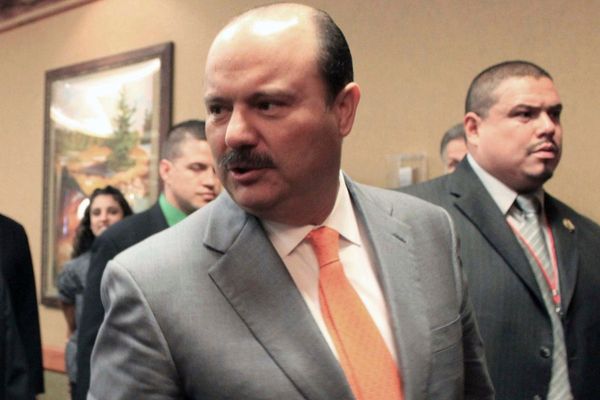
World Moto Clash is not just another entry on the motorsport calendar; it is a fundamental rethink of what motorcycle racing can be. Conceived by Stanford Crane, a former racer who has lived the sport from every angle, fan, rider, team owner, and sponsor, the series is designed to break down barriers, unleash innovation, and create a spectacle unlike anything seen before. WMC combines thrilling competition with innovative race formats and technologies, creating the first truly global media motorsport experience.
At its core, World Moto Clash (WMC) aims to change the traditional racing economics and restrictions. Instead of rigid classes, endless regulations, and limited entry opportunities, WMC introduces one class only: the "Go-Fast Class." Any rider with the skill and courage can compete, provided they bring the fastest machine they can build. Whether it's a factory-backed powerhouse or a garage-built rocket, all are welcome.
Stanford Crane frames it simply: "All of these rules and constraints have been stifling the sport for decades. We are saying, forget the limits, bring your best, and let's see the show."
That show will come with unprecedented rewards. Each race weekend will crown a champion who walks away with a record-setting $1 million prize, with an additional $1.8 million distributed across the field. Every position counts; each pass on the track directly translates into money earned. For fans, this guarantees drama from the green flag to the checkered flag. For riders, it means opportunities at levels never before possible.
"It changes everything," Crane emphasized. "If you are in second place, you are chasing half a million dollars more. If you are in the tenth, you are still fighting for a life-changing sum of money. With every person you pass, it's more money in your pocket. Every lap, every corner matters."
This disruptive approach is not just about prize money. It's about access. In traditional racing, entering the top tier requires multimillion-dollar budgets, leased factory equipment, and closed-door negotiations. WMC eliminates that gatekeeping. A father-and-son team with a pickup truck and a well-tuned bike could find themselves on the same grid as international stars. As Crane put it, "This is about opening the door to people who never would have had the chance. It's racing stripped to its essence, build it, race it, and prove it on the track."
The fan experience is equally revolutionary. Each WMC weekend is designed as a three-day festival that fuses racing with entertainment. Spectators can expect interactive zones, simulators, live concerts, and behind-the-scenes access that transforms the event from a race into a cultural happening. This emphasis on fan engagement reflects Crane's belief that motorsport should be as much about community as competition.
"World Moto Clash is where performance lives, where legends are made, and machines are tested at their limits," Crane said. "But it's also where fans are part of the story. They won't just watch the action; they will help shape it."
The series even introduces fan-driven decision-making. In qualifying, for example, riders who miss out on automatic advancement can be voted into the main event by fans via the WMC app. This direct connection between the crowd and the competition ensures that underdog stories remain alive and that fans themselves are invested in the unfolding drama.
Industry insiders are already taking notice. AMA champion Miguel Duhamel summed it up: "Just bring it. Bring what you have got and let's see the show. It's going to be a helluva show." Ben Bostrom, another racing legend, compared it to extreme sports, saying: "World Moto Clash really is X Games times ten."
Beyond the spectacle, there is an underlying strategy. By lowering costs, embracing innovation, and focusing on the U.S., the world's motorcycle market is expected to reach over $158 billion in 2025. WMC aims to tap into both untapped fan enthusiasm and sponsorship potential. With millions of American riders and countless more enthusiasts worldwide, the market is ripe for a new, accessible, high-stakes platform.
For Crane, this is not about competing with the past; it's about creating the future. He notes that many motorsport structures were designed 70 years ago, in an era of entry fees and local sponsorships. Today's fans expect more: interactive media, global accessibility, and cultural relevance. WMC delivers on all three.
"This is not just changing the sport," Crane reflected. "It's changing the space from its very core. From the manufacturers to the fans in the stands to the kid in a garage building his first bike, World Moto Clash is the platform that makes it all possible."
The 2026 schedule is set to be released in the coming weeks. World Moto Clash is gearing up to prove that disruption in motorsport is not only possible, it's inevitable.







